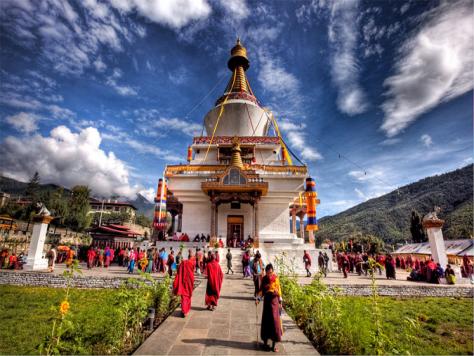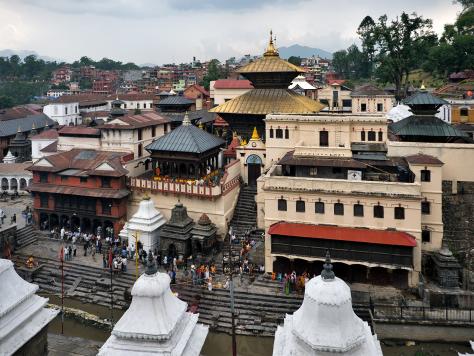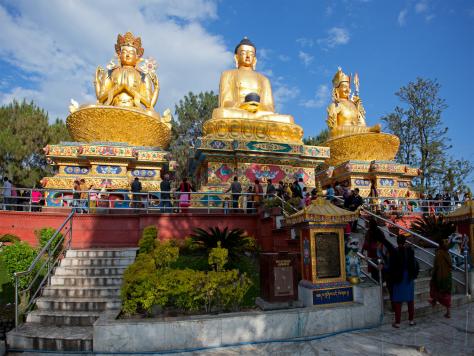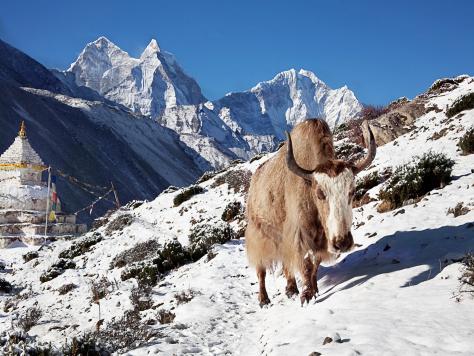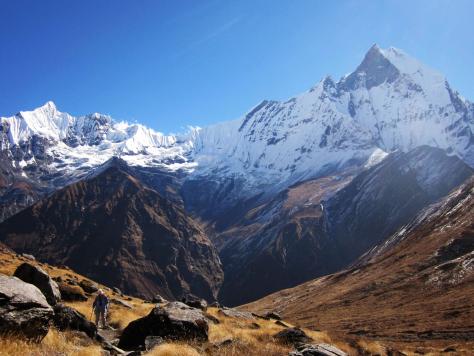Mt. Everest
Nepal, Asia
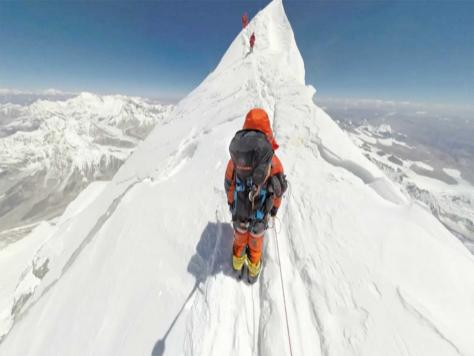
Customized Activity
You are free to customize your itinerary exactly the way you want. Choose transport, hotel & sightseeing as per your desires.
Includes
Meals
Transport
Pick-up & Drop
Activities
Accomodation
About The Attraction
Mount Everest is Earth's highest mountain, located in the Mahalangur Himal sub-range of the Himalayas. The international border between China and Nepal runs across its summit point.
The current official height of 8,848 m (29,029 ft), recognised by China and Nepal, was established by a 1955 Indian survey and subsequently confirmed by a Chinese survey in 1975. In 2005, China remeasured the rock height of the mountain, with a result of 8844.43 m. There followed an argument between China and Nepal as to whether the official height should be the rock height (8,844 m., China) or the snow height (8,848 m., Nepal). In 2010, an agreement was reached by both sides that the height of Everest is 8,848 m, and Nepal recognises China's claim that the rock height of Everest is 8,844 m.
In 1865, Everest was given its official English name by the Royal Geographical Society, upon a recommendation by Andrew Waugh, the British Surveyor General of India. As there appeared to be several different local names, Waugh chose to name the mountain after his predecessor in the post, Sir George Everest, despite George Everest's objections.
Mount Everest attracts many climbers, some of them highly experienced mountaineers. There are two main climbing routes, one approaching the summit from the southeast in Nepal (known as the "standard route") and the other from the north in Tibet. While not posing substantial technical climbing challenges on the standard route, Everest presents dangers such as altitude sickness, weather, and wind, as well as significant hazards from avalanches and the Khumbu Icefall. As of 2016 there are well over 200 corpses on the mountain, some of which serve as landmarks.
The first recorded efforts to reach Everest's summit were made by British mountaineers. As Nepal did not allow foreigners into the country at the time, the British made several attempts on the north ridge route from the Tibetan side. After the first reconnaissance expedition by the British in 1921 reached 7,000 m (22,970 ft) on the North Col, the 1922 expedition pushed the north ridge route up to 8,320 m (27,300 ft), marking the first time a human had climbed above 8,000 m (26,247 ft). Seven porters were killed in an avalanche on the descent from the North Col. The 1924 expedition resulted in one of the greatest mysteries on Everest to this day: George Mallory and Andrew Irvine made a final summit attempt on 8 June but never returned, sparking debate as to whether or not they were the first to reach the top. They had been spotted high on the mountain that day but disappeared in the clouds, never to be seen again, until Mallory's body was found in 1999 at 8,155 m (26,755 ft) on the north face. Tenzing Norgay and Edmund Hillary made the first official ascent of Everest in 1953, using the southeast ridge route. Tenzing had reached 8,595 m (28,199 ft) the previous year as a member of the 1952 Swiss expedition. The Chinese mountaineering team of Wang Fuzhou, Gonpo, and Qu Yinhua made the first reported ascent of the peak from the north ridge on 25 May 1960.
History of expeditions
Because Mount Everest is the highest mountain in the world, it has attracted considerable attention and climbing attempts. A set of climbing routes has been established over several decades of climbing expeditions to the mountain. Whether the mountain was climbed in ancient times is unknown. It may have been climbed in 1924.
Everest's first known summitting occurred by 1953, and interest by climbers increased. Despite the effort and attention poured into expeditions, only about 200 people had summitted by 1987. Everest remained a difficult climb for decades, even for serious attempts by professional climbers and large national expeditions, which were the norm until the commercial era began in the 1990s.
By March 2012, Everest had been climbed 5,656 times with 223 deaths. Although lower mountains have longer or steeper climbs, Everest is so high the jet stream can hit it. Climbers can be faced with winds beyond 320 km/h (200 mph) when the weather shifts.[86] At certain times of the year the jet stream shifts north, providing periods of relative calm at the mountain. Other dangers include blizzards and avalanches. By 2013, The Himalayan Database recorded 6,871 summits by 4,042 different people.
Flora and fauna
There is very little native flora or fauna on Everest. There is a moss that grows at 6,480 metres (21,260 ft) on Mount Everest. It may be the highest altitude plant species. An alpine cushion plant called Arenaria is known to grow below 5,500 metres (18,000 ft) in the region.
Euophrys omnisuperstes, a minute black jumping spider, has been found at elevations as high as 6,700 metres (22,000 ft), possibly making it the highest confirmed non-microscopic permanent resident on Earth. It lurks in crevices and may feed on frozen insects that have been blown there by the wind. There is a high likelihood of microscopic life at even higher altitudes.
Birds, such as the bar-headed goose, have been seen flying at the higher altitudes of the mountain, while others, such as the chough, have been spotted as high as the South Col at 7,920 metres (25,980 ft). Yellow-billed choughs have been seen as high as 7,900 metres (26,000 ft) and bar-headed geese migrate over the Himalayas. In 1953, George Lowe (part of the expedition of Tenzing and Hillary) said that he saw bar-headed geese flying over Everest's summit.
Yaks are often used to haul gear for Mount Everest climbs. They can haul 100 kg (220 pounds), have thick fur and big lungs. One common piece of advice for those in the Everest region is to be on higher ground when around yaks and other animals, as they can knock people off the mountain if standing on the downhill edge of a trail. Other animals in the region include the Himalayan tahr which is sometimes eaten by the snow leopard. The Himalayan black bear can be found up to about 4,300 metres (14,000 ft) and the red panda is also present in the region. One expedition found a surprising range of species in the region including a pika and ten new species of ants.
Best Time
- Round_the_Year
Timings
- ~~Monday_Sunday
